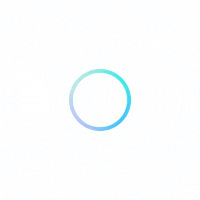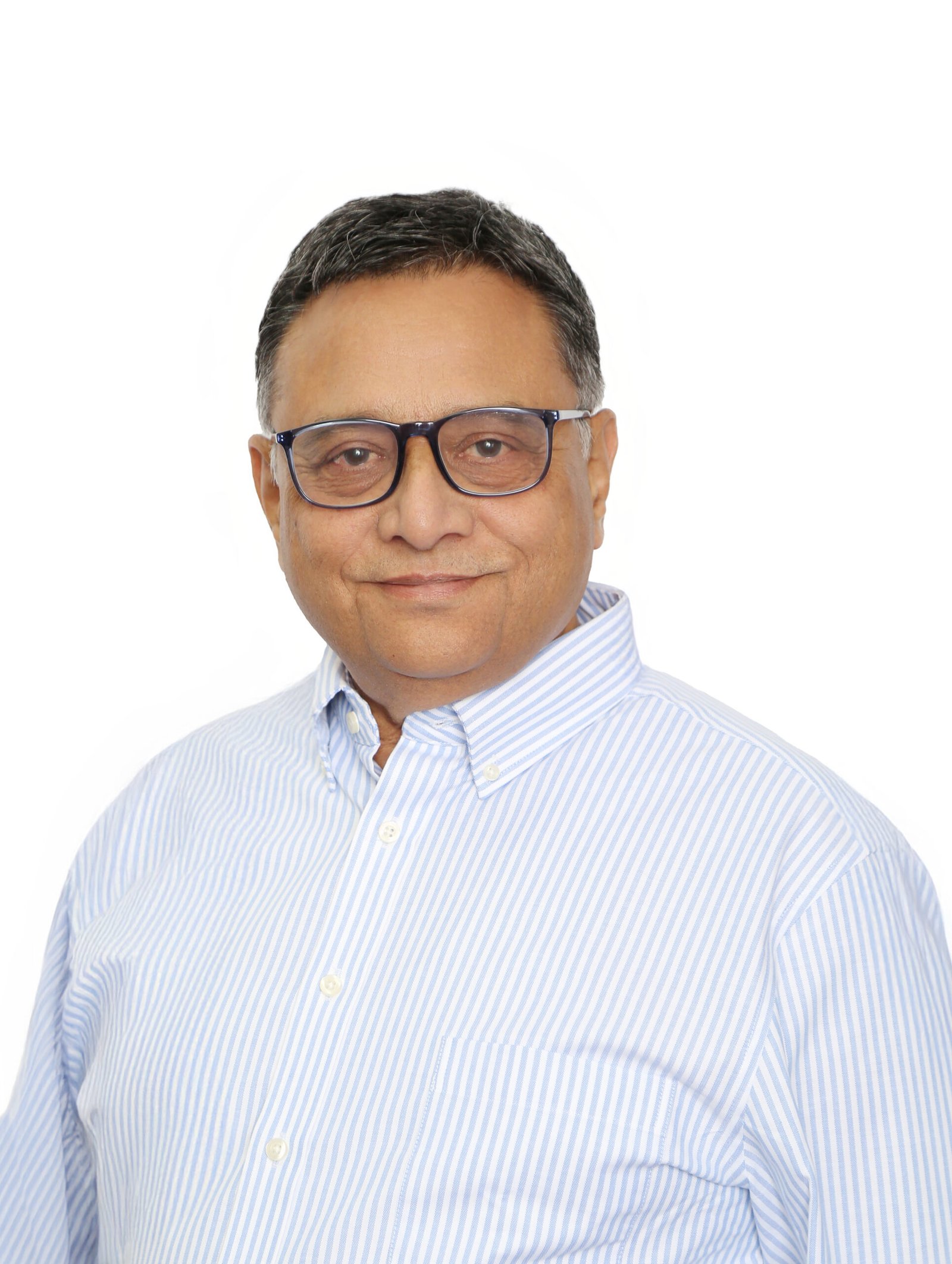Rethinking Education for the Future
By Anil Kumar Khandelwal
The Question We Must Ask
In today’s world, where answers are a click away, what does it really mean to learn?
Is it memorizing facts for exams — or cultivating curiosity, problem-solving, and resilience that last a lifetime?
Beyond Information: Towards Understanding
Children don’t just need information; they need to connect ideas and create meaning.
Multiplication, for example, isn’t just tables — it reveals growth, scaling, and patterns in technology and nature.
Curiosity as the Engine
Children are natural explorers. When curiosity is nurtured, learning turns from a burden into a journey. A dreaded word problem becomes a puzzle, a challenge, even a story to solve.
Structure + Exploration = Mastery
Too much freedom confuses; too much structure suffocates. True learning blends both.
Structure gives confidence, exploration sparks creativity — together, they create mastery.
Learning Across Disciplines
Math, art, music, science — all connect. When children see learning as a network, not a box, they’re ready for a future without rigid boundaries.
The Role of Adults
Parents and teachers are not just answer-givers — they are guides. Modeling curiosity and resilience matters more than providing solutions. Empowerment, not enforcement, is the real gift.
Preparing for the Future
Tomorrow’s jobs will demand adaptability and creativity. Children must learn not just what to learn, but how to learn — through reflection, practice, and imagination.
Conclusion
Children learn best when they are curious, guided, and free to explore meaning. Let us give them the courage to ask questions and the imagination to create solutions. That is how they will shape the future.
Video: How Parents Can Help: https://youtu.be/vQt9ftQcMhg
2 Comments
So true, Vanita ji. Another important consideration is — Empowerment, not enforcement. Once kids take on the responsibility of learning, they start taking more interest and surprise you with their own ways of creativity.




A thoughtful reminder that true education is not about memorizing, but about sparking curiosity and resilience. Our children need guidance to explore, connect, and create for the future.